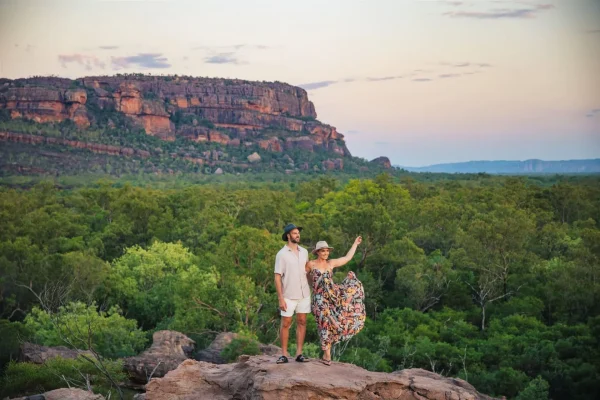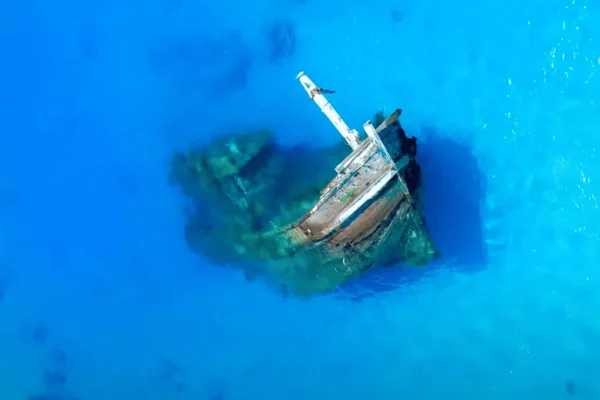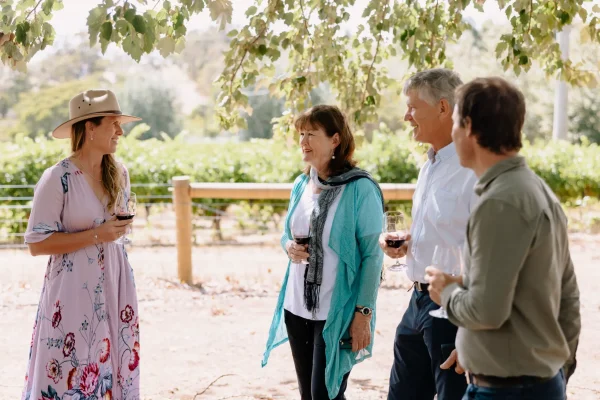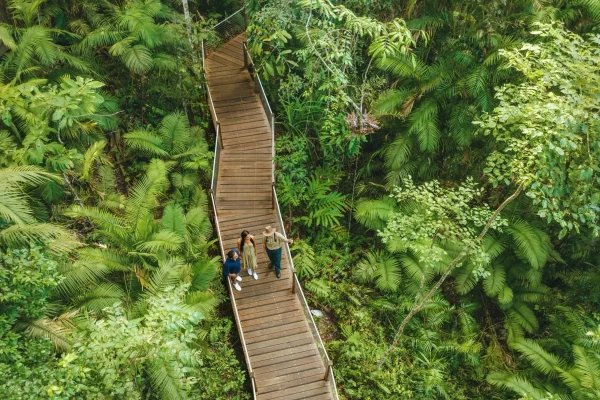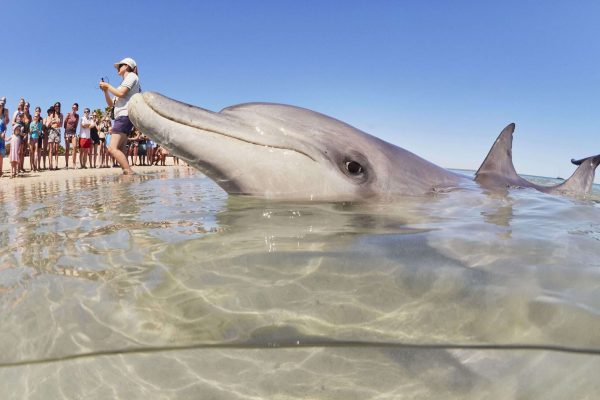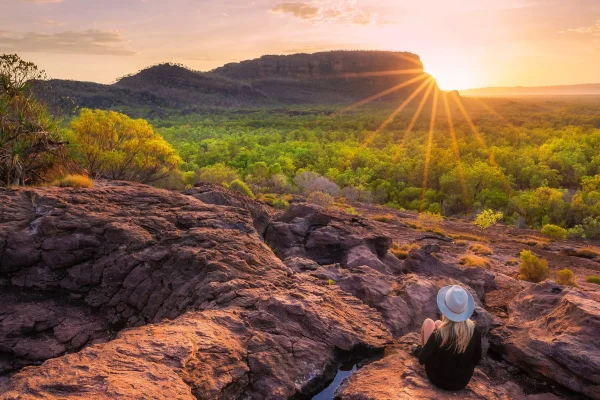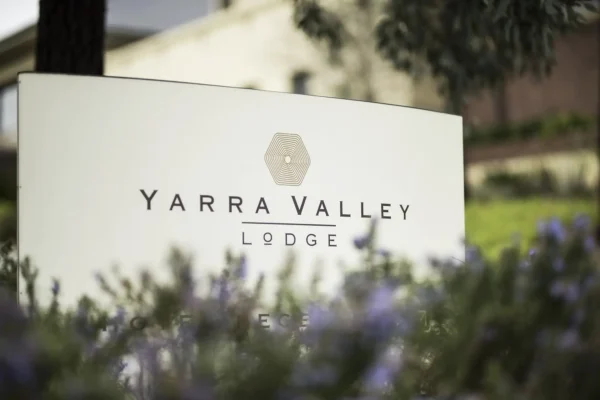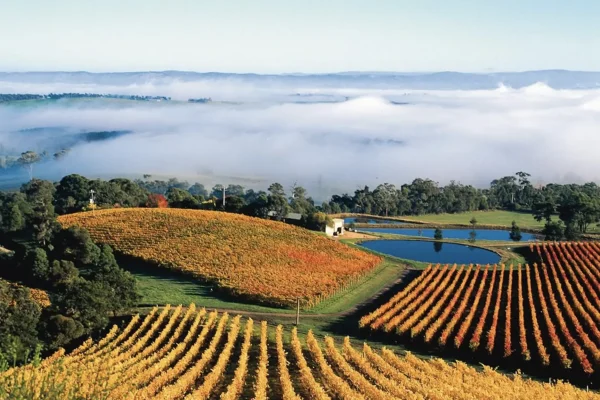There is no question why Litchfield National Park is one of the Northern Territory’s most spectacular travel destinations and popular amongst tourists and locals alike.
A natural wonderland of majestic waterfalls that flow abundantly all year round, this magnificent piece of paradise is also home to some of the enormous magnetic termite mounds in the Top End and historic ruins that can be dated back to the pioneering days at Blyth Homestead and Bamboo Creek.

How to get to Litchfield National Park?
A breezy 90-minute road trip approximately 120km south of Darwin, nestled on the traditional Indigenous lands of the Wagait people, Litchfield National Park is the perfect place to escape the hustle and return to nature. To get to Litchfield National Park, you will need to hire a car, or you may wish to consider a Litchfield National Park tour.
Litchfield National Park Flora & Fauna
Covering around 1,500 sq km, the Park is bursting with colourful flora and is a sanctuary for hundreds of different species of Australian wildlife, including; wallabies, sugar gliders, quolls, flying foxes and the famous dragon-like water monitors that can be seen basking in the sunshine in their natural habitat on the rocks not to mention the hundreds of native Australian bird species that can be spotted throughout the Park.


Indigenous Cultural Significance
The area holds special cultural significance to the Koongurrukun, Mak Mak Marranunggu, Werat and Warray Aboriginal people, whose ancestral spirits shaped the landscape and can still be felt there today. For 75 years, the area was a central hub for copper and tin mining; however, the region was officially designated as a protected national park area in 1986. The Park was formally named after Frederick Henry Litchfield, a member of the first European Finniss expedition.
What can you see and do in Litchfield National Park?
Set amidst the warm tropical climate of the north, nothing is better than cooling off on a hot day with a refreshing swim in the crystal clear rock holes, diving into the pristine plunge pools or relaxing in the luscious waterholes. You’ll also be pleased to know that most of these waters are completely crocodile free, so you can kick back and enjoy a refreshing swim without losing limbs!


Tabletop Range Termite Mounds
Bask beneath the glorious cascading mists descending from the sandstone plateau of Tabletop Range, enjoy trekking through native woodlands and thick monsoonal vine forests along with one of the many bushwalking trails or follow the boardwalk to a ‘graveyard’ of two-metre tall headstones and experience the fascinating insect architecture of these gigantic magnetic termite mounds and the iconic sandstone pillars of the Lost City created through eons of erosion.
Litchfield National Park Waterfalls
A remote pocket of monsoon rainforest surrounded by the ancient landscape of wild, rugged cliffs, the Park is best known for its most significant and popular attraction, ‘Wangi Falls’, where you can retreat from the heat and unwind in the clear waters. Enjoy the spectacular Florence Falls with its pristine plunge pools and panoramic views of the open valley gorge from the scenic viewing platform, only a short stroll from the car park or take a brisk 1.5km walk to Buley Rockhole (perhaps the most popular swimming spot in Litchfield National Park) where you can rejuvenate and soak in the picturesque three-tiered pools, natural spas and whirlpools.


Bushwalking within Litchfield National Park
For the adventurous types looking for more of a challenge, the Tabletop track is a 39km bushwalking circuit that allows you to break away from the crowds and experience the remote wilderness of the Park’s woodlands, creeks, waterfalls and pools in peace.
Litchfield National Park is a must-see when visiting Darwin
Whilst it may not be as well known as its larger neighbour, Kakadu & Litchfield National Park is a must-see if you see the top end. It’s worth spending several days exploring the true beauty of the Park, marvelling at the unique landscape and getting lost in the natural splendours and highlights that the region has to offer.
FAQ
Why is Litchfield National Park a must-visit destination?
How do I get to Litchfield National Park from Darwin?
The park is around 120 km south of Darwin, about a 90-minute drive, and can be reached by car or on a guided tour.
Is it safe to swim in Litchfield National Park?
What wildlife can I see in Litchfield National Park?
The park is home to wallabies, flying foxes, sugar gliders, water monitors, quolls, and a variety of native Australian birds.

